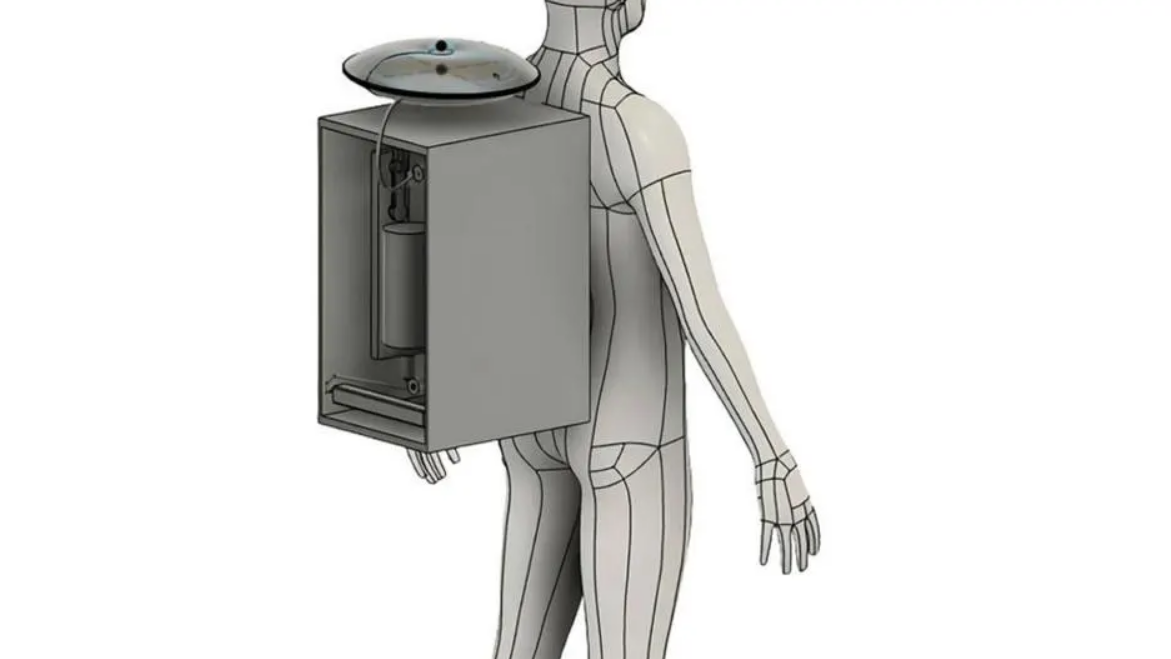Astronauts on spacewalks face the challenge of managing bodily functions in their suits. The current solution, a somewhat unglamorous “maximum absorbency garment” (MAG), essentially a high-tech diaper, has been in use since the 1970s. However, a new design promises a more hygienic and efficient approach, potentially revolutionizing spacewalks and water recycling in space.
Current challenges in space
While inside the International Space Station (ISS), astronauts use a sophisticated Urine Processor Assembly to recover water from urine via vacuum distillation. NASA aims to recover nearly 98% of the water astronauts bring with them, highlighting the preciousness of water in space.
However, during spacewalks, astronauts must rely on MAGs, which do not recycle any of the waste. These garments, made of layers of superabsorbent polymer, can lead to health issues such as urinary tract infections and gastrointestinal distress. Additionally, astronauts currently have access to only one liter of water in their in-suit drink bags, which is insufficient for multi-hour or emergency spacewalks, such as those anticipated in NASA’s Artemis missions to the moon.

Enter the “Stillsuit”
Inspired by the iconic stillsuits from the Dune movies, researchers from Cornell University have unveiled a prototype that addresses these issues. As described in a recent paper in Frontiers in Space Technologies, these “stillsuits” include a unique urine collection and filtration system designed to be worn during spacewalks.
“The MAG has reportedly leaked and caused health issues,” says Sofia Etlin, the study’s first author and a research staff member at Weill Cornell Medicine and Cornell University. “Astronauts currently have only one liter of water available in their in-suit drink bags.”
Innovative design for enhanced spacewalks
The new “stillsuit” features a polyester microfiber-covered urine collection device, comprising multiple layers of flexible fabric connected to a collection cup made of molded silicone. The design accommodates both male and female astronauts with different shapes and sizes. When moisture is detected by an RFID tag linked to an absorbent hydrogel, a pump activates to collect and purify up to 500ml of urine in just five minutes, boasting an efficiency of 86%.
“The design includes a vacuum-based external catheter leading to a combined forward-reverse osmosis unit, providing a continuous supply of potable water with multiple safety mechanisms to ensure astronaut wellbeing,” explains Etlin. Additionally, there are plans to offer astronauts non-caffeinated high-energy drinks to supplement their hydration needs.
Future implications
This advanced suit is poised to support longer-lasting and safer spacewalks, particularly for NASA’s Artemis missions, which include plans for 24-hour lunar spacewalks. By improving waste management and water recycling, the “stillsuit” could significantly enhance astronaut health and mission efficiency.
In summary, the shift from traditional space diapers to high-tech “stillsuits” marks a significant advancement in space exploration technology. This innovation not only addresses the practical and health-related challenges of current spacewalk gear but also aligns with the goals of sustainable and extended human presence in space.





